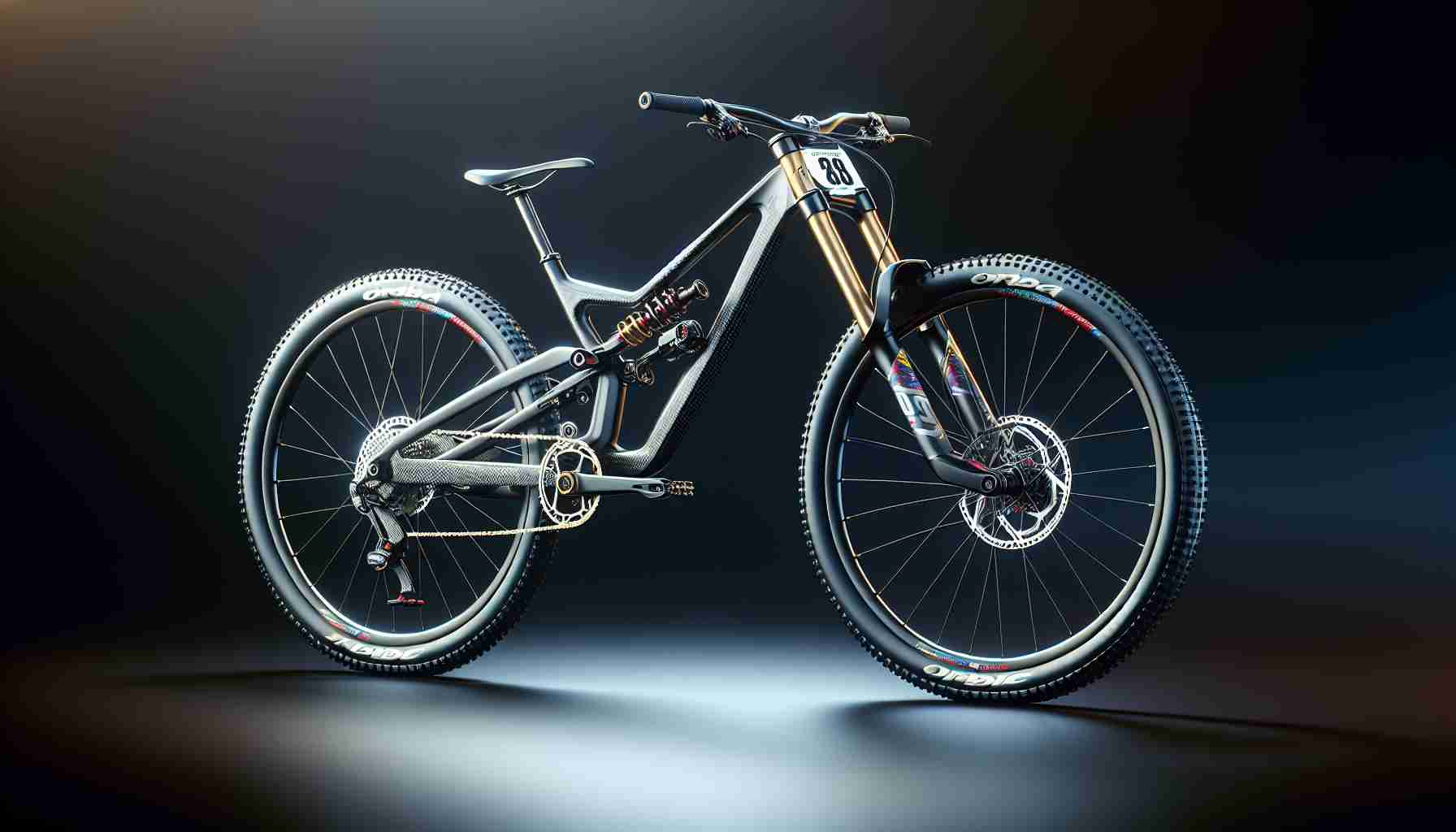As the winter weather fades away and spring arrives, it’s time to dust off your trusty e-bike and prepare for a season of outdoor adventures. To ensure a smooth and enjoyable ride, follow these essential maintenance tips:
1. Clean and Assess:
Start by giving your e-bike a thorough cleanse using mild detergent and water. Pay special attention to the drivetrain, brakes, and suspension components. Assess the frame for any signs of damage, such as cracks or rust. Tighten all bolts and fasteners, including those on the handlebars, seat post, and wheels. Test the lights, display, and electronic components to ensure they’re functioning properly.
2. Battery Check:
Inspect the battery and charger for any signs of corrosion, exposed wires, or swelling. If everything looks good, give the battery a full charge. Test the battery’s performance by going for a ride. If you notice any significant degradation, consider getting it checked or replaced by a professional.
3. Tires and Wheels:
Check the e-bike’s tires for wear and tear, including cracks or worn treads. Inflate the tires to the recommended pressure and ensure the wheels spin freely without any wobbling. Tighten any loose spokes and clean the rims and spokes of any dirt or debris.
4. Brake Inspection:
Safety should always be a priority, so inspect the brake pads for wear and replace them if necessary. Ensure the brake levers are functioning smoothly and adjust the tension if needed. Test the brakes to ensure they respond effectively and bring the bike to a complete stop without any issues.
5. Drive System:
Examine the chain, cassette, and derailleur for any signs of rust, corrosion, or damage. Clean and lubricate the chain for smooth shifting and efficient power transmission. Check the gears for proper alignment and tighten any loose bolts or connections in the drive system. Lubricate moving parts, such as the pedals, headset, and suspension.
Proper maintenance and preparation of your e-bike will not only enhance your ride but also improve your safety on the road. If you require a more comprehensive spring tune-up, consider visiting a professional e-bike mechanic. So gear up, pedal forth, and embrace the season of renewal with confidence and enthusiasm. Let the fresh air and vibrant surroundings invigorate your senses as you explore the great outdoors on your e-bike.
E-bike Industry and Market Forecasts:
The e-bike industry has been experiencing rapid growth in recent years. According to a report by Market Research Future, the global e-bike market is projected to reach a value of $38.6 billion by 2025, with a compound annual growth rate (CAGR) of 9.01% during the forecast period. Factors such as increasing concerns about environmental pollution, rising fuel prices, and government initiatives to promote electric mobility are driving the demand for e-bikes.
One of the key drivers of the e-bike market is the growing popularity of e-bike sharing services in urban areas. These services provide a convenient and eco-friendly alternative to traditional transportation methods. The market for e-bike sharing is expected to witness significant growth in the coming years, as more cities and companies invest in infrastructure and expand their fleets.
The e-bike market is also benefiting from advancements in battery technology. Lithium-ion batteries, which power most e-bikes, have become more efficient, lightweight, and affordable. This has led to improved range and performance of e-bikes, making them a viable option for longer commutes and recreational purposes.
Issues and Challenges in the E-bike Industry:
While the e-bike industry is on the rise, it faces several challenges that need to be addressed. One of the main concerns is the lack of standardized regulations and infrastructure for e-bikes. Different countries and regions have varying rules regarding e-bike classification, maximum speed limits, and access to bike lanes. This lack of uniformity can create confusion for riders and limit the potential growth of the industry.
Another challenge is the issue of battery disposal and recycling. As e-bikes become more popular, the number of batteries being used and discarded is increasing. Proper disposal and recycling of these batteries are essential to minimize environmental impact. Manufacturers, governments, and consumers need to work together to ensure responsible battery disposal and recycling practices.
Furthermore, the high cost of e-bikes remains a barrier to widespread adoption. While prices have been decreasing in recent years, e-bikes still tend to be more expensive than traditional bicycles. Affordability is a key factor that influences consumers’ decisions, and manufacturers need to find ways to reduce costs without compromising quality and performance.
Related Links:
– Market Research Future – E-bike Market
– EMTB News – New E-bike Battery Technology
– Fietsersbond – Regulations for E-bikes (in Dutch)















